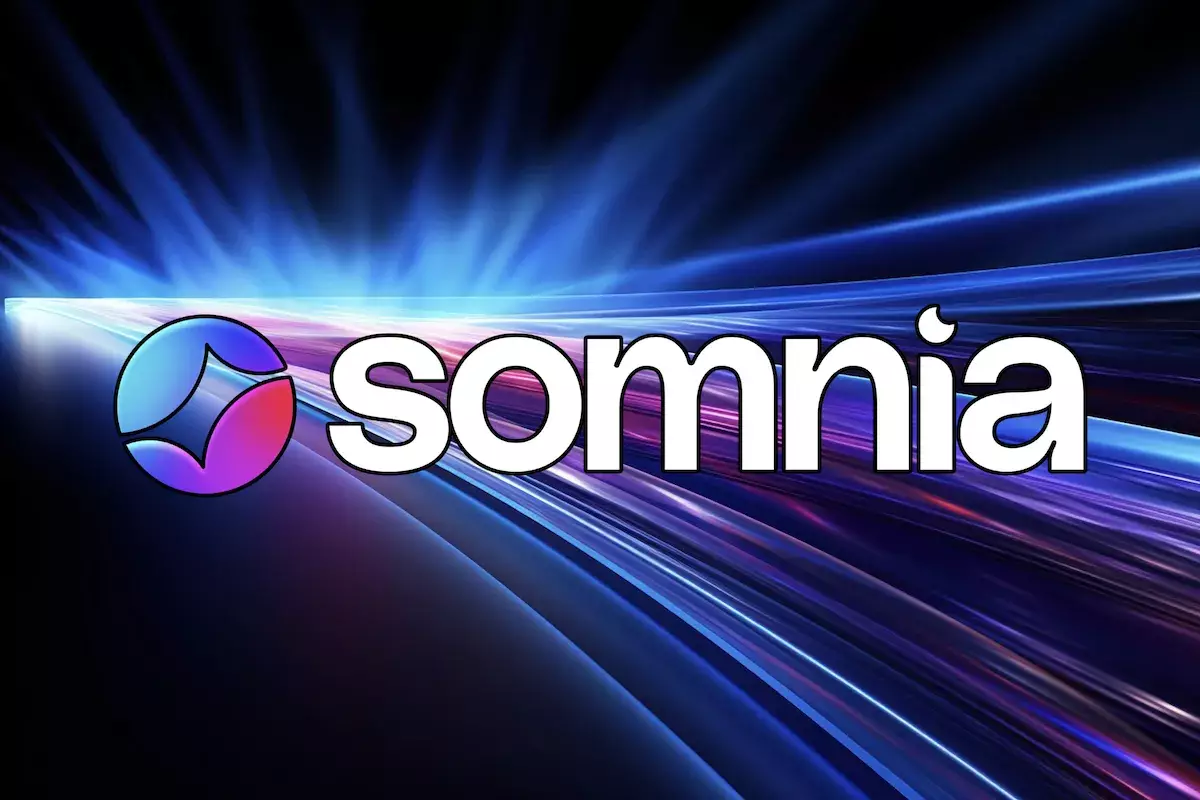In recent years, the blockchain industry has faced significant challenges in scalability and transaction speeds, leading developers and users to seek more efficient solutions. Against this backdrop, Somnia, a promising Layer-1 blockchain designed with high-speed applications in mind, has made headlines with its impressive set of Devnet test results. The revelations from these tests may not only reshape expectations regarding blockchain’s capabilities but also provide invaluable insights into the future of decentralized applications (dApps).
Benchmarking Performance Metrics
Somnia’s performance testing highlighted astonishing capabilities, showcasing the network’s capacity to execute a staggering 1.05 million ERC-20 token transfers every second. Such a metric effectively surpasses current industry standards and offers a glimpse into the possible scalability of blockchain networks. Additionally, the blockchain demonstrated its prowess in minting non-fungible tokens (NFTs), achieving an exceptional rate of 300,000 NFTs per second while maintaining an average block time of a mere 100 milliseconds. These numbers not only reflect the technological advancements within Somnia but also underscore the potential for mass adoption of blockchain technology in everyday applications.
In another significant demonstration, Somnia’s system managed an impressive 50,000 trades per second via the Uniswap decentralized exchange protocol. This performance mimics real-world trading scenarios, suggesting that the network can effectively handle substantial spikes in user activity without a drop in performance. The network tests were meticulously conducted across 100 nodes located in various regions, using top-tier hardware configurations, which included setups with 32 virtual CPUs and 120GB of RAM. The network latency remained impressively low, clocking in at around 900 milliseconds, thus ensuring that users experience minimal delays.
At the core of Somnia’s high performance is its innovative architectural design, developed in collaboration with Improbable. A pivotal component of this architecture is the custom Ethereum Virtual Machine (EVM) compiler, which enhances transaction processing efficiency. The custom EVM plays a critical role in how smart contracts are managed within the network, allowing Somnia to bypass limitations often associated with traditional blockchain environments.
To further optimize performance, Somnia employs a specialized database known as IceDB, which boasts read-and-write speeds measured in nanoseconds—specifically, between 15 to 100 nanoseconds. This level of speed is crucial for maintaining low transaction fees, keeping costs below a penny for users. The combination of advanced compression methods and a tailored EVM positions Somnia on the cutting edge of blockchain technology.
Implications for Web3 and Beyond
According to Paul Thomas, Somnia’s Founder and CEO, these remarkable test results are more than just numbers—they signal the dawn of a new paradigm in blockchain technology. He expressed confidence that Somnia’s design can meet the rigorous demands of high-performance dApps while ensuring cost efficiency. The feedback from these tests indeed suggests that the barriers typically encountered in blockchain technology—speed and scalability—are being effectively dismantled.
The ambitious journey for Somnia does not stop at the Devnet success. Anticipating the next phase, the team is set to launch a public testnet, which aims to engage developers and community members alike. This phase is particularly crucial as it will allow real-world applications like gaming platforms or finance apps to be built and tested directly on the blockchain without the detrimental effects of sluggish transaction speeds or exorbitant costs.
As Somnia prepares for a wider release, the focus will remain on enhancing its foundational technology. By prioritizing both speed and affordability, the team hopes to ignite a new wave of on-chain experiences that can propel Web3 applications into mainstream use. The initial Devnet results not only set a high bar for performance but also indicate that Somnia could spearhead the next significant advancements in blockchain technology.
Somnia exemplifies the innovative spirit within the blockchain community and signals a future where limitations are replaced by unprecedented opportunities. As this layer of blockchain technology advances, it may very well change the landscape for developers and users, paving the way for novel applications that harness the true potential of decentralized systems.














Leave a Reply